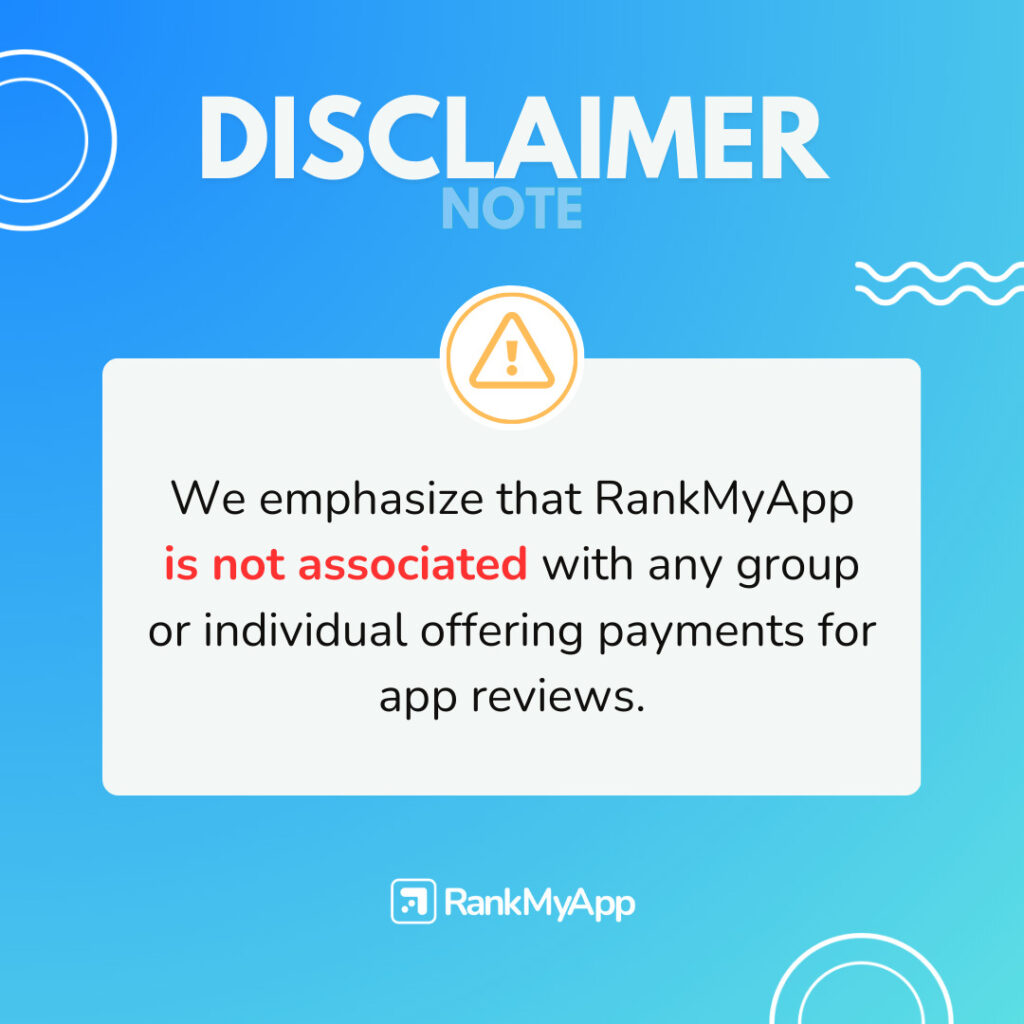Application fraud affects many mobile marketers. Don’t become one of its victims! Learn more so that you can prevent it and increase security.
What is application fraud?
Application fraud is the unethical use of mobile advertising technology for the purpose of cheating digital marketers. Those who work with networks outside of the three main options (Facebook, Google, and Apple ads) are more likely to fall prey to fraud.
Despite the prevalence of install and engagement fraud, the mobile industry isn’t doing enough to fight it, making it easier for fraudsters to get away with their schemes.
However, there are still ways to overcome this problem. It can be difficult and will require help from a trustworthy technology partner, but the need to protect yourself is too important to overlook.
Common examples of application fraud
The most common types of mobile fraud are listed and described below.
Click spam
Users are credited with clicking on your ads, but they don’t have a clue about what is going on. When organic installs are attributed to these illegitimate clicks you are forced to pay for them.
Here are a few examples of where click spam can take place:
- Stacked ads;
- Server-to-server click catalogs;
- Background clicking on websites;
- In-app background clicks.
A low conversion rate in relation to impressions and clicks is a possible indication of click spam. If you notice these abnormal app metrics you should look into it.
Click injection
This type of engagement fraud relies on timing. A click gets injected sometime between an app getting downloaded and being opened for the first time. The injected click makes it appear as though a user opened the app after clicking on an ad.
There are two different kinds of click injections:
- Package_added Broadcast;
- Content Provider Exploit – This type of click injection differs slightly from the first in that the fraudster’s app gets notified when the content provider registers a new download.
Here are some signs of click injection:
- Click-through rates that seem too high for the number of impressions your ad is getting;
- Post-install metrics that are higher than normal;
- A high number of installs coupled with a low click-to-install-time.
Fake installs
Install fraud attributes fake downloads to paid ads. This is achieved with the use of emulation software and scripting.
Look out for a high download rate paired with a quick drop off rate. This may mean that you have become the victim of install fraud.
How to fight against application fraud
The fight against application fraud requires the assistance of a good technical partner that can automatically spot and stop application fraud. You will have peace of mind knowing that your anti-fraud tool is hard at work, protecting you from unethical practices.
Here are some of the ways your partner will be able to help:
Provides app metrics
Certain app metrics should be analyzed to ensure there is no suspicious activity going on. Some technology partners can help you track these numbers and give you quick access to them.
You will want to keep an eye on the following:
- Click-to-install-time;
- Number of downloads in relation to drop off rate;
- Click-through rate in relation to impressions;
- Post install metrics;
- Conversion rate vs install rate.
Analyzes cross-channel behaviors
Comparing user behavior between paid and non-paid channels will help you avoid or put an end to application fraud. It would be beneficial to find a partner that can help you understand how users behave on each different channel, while alerting you when any abnormal behaviors occur.
Although it takes vigilance, application fraud can be avoided when you know what to watch out for.
If this article was helpful to you, be sure to sign up for our newsletter so that you can keep getting more great information. The more you learn the better your mobile strategy will be.




